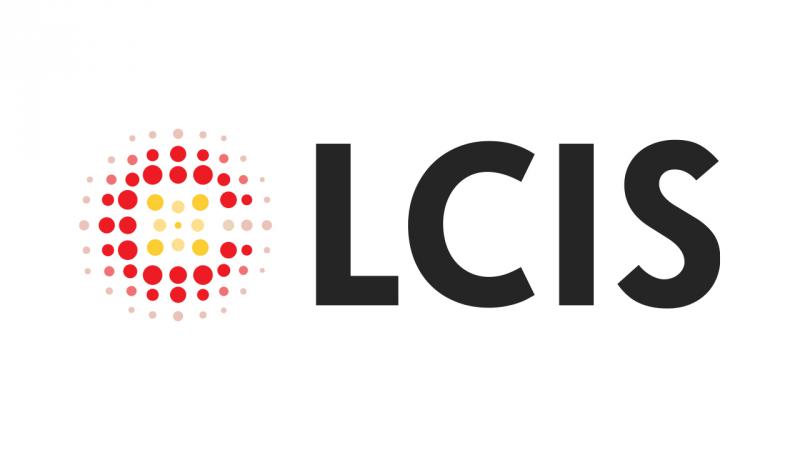Enhancing the Security of RISC-V Microarchitectures Against Laser Fault Injection: Fault Modeling and Countermeasure Development at the RTL Level
| ABG-128087 | Sujet de Thèse | |
| 23/01/2025 | Contrat doctoral |

- Informatique
- Electronique
Description du sujet
Designing secure embedded systems is a critical challenge due to their inherently complex threelayer
architecture: hardware, microarchitecture, and software. Cyber threats often exploit
vulnerabilities introduced during the design phase, which remain undetected due to a lack of design
tools that integrate a realistic attacker model with a holistic approach. Current tools and methods
lack a deep understanding of the global system, particularly the interactions between its layers and
with its environment (including attacker actions).
The TWINSEC project, which frames this PhD research, brings together several French
laboratories specializing in microarchitecture security. It focuses on a key type of attack: fault
injection using lasers. Existing modeling tools are not yet capable of effectively predicting a
embedded systems' resistance to such attacks, as their generality leads to excessive simulation
complexity. TWINSEC proposes a more realistic attacker model to identify microarchitecturespecific
vulnerabilities. This approach enables designers to develop countermeasures, integrate
them into systems, and verify their effectiveness in significantly reducing—or ideally
preventing—the attacker’s ability to exploit vulnerabilities.
Previous work [1] carried out in the LCIS and TIMA laboratories under the ANR project LIESSE
provided efficient CAD tools to help circuit designers evaluate countermeasures against laser
attacks early in the design process. A high-level RTL model of laser-induced faults was developed
to emulate such attacks. This model was used to evaluate secure cryptographic implementations
and validated against circuit layouts, quantifying its accuracy in predicting localized faults.
Ultimately, it supported the development of an RTL countermeasure for AES designs to protect
against laser attacks.
The objective of this PhD is to extend this work by using RTL fault models related to laser effects
to assess the security of RISC-V microarchitectures (e.g., OpenTitan, CV32, CVA6) and their
recent countermeasures (e.g., Mafia, AKHACIA). The aim is to improve existing countermeasures
or develop new ones that incorporate both hardware and software protections for embedded code,
such as secure boot mechanisms while maintaining reasonable costs, as demonstrated in recent
work [2].
Initially, the previously developed fault models, which were characterized by generic hardware
components (registers, glue logic), will be refined to account for the effects of laser fault injection
on RISC-V microarchitectures and their typical hardware protections.
This PhD will be supervised by two laboratories: LCIS (in Valence) and TIMA (in Grenoble).
Both labs specialize in hardware fault simulation at the RTL level and the development of fault
injection tools, ensuring a robust foundation for this research.
Nature du financement
Précisions sur le financement
Présentation établissement et labo d'accueil
The LCIS is a public research laboratory and a hosting team of the Université Grenoble Alpes, associated with Grenoble-INP on the UGA Valence campus.
LCIS brings together over 60 researchers in computer science, electronics, and automation, focusing on embedded and connected systems.
The research topics include the safety and security of embedded and distributed systems, the modeling, analysis, and supervision of complex open systems, and wireless radiofrequency communication systems.
The laboratory works on various application domains: the Internet of Things, cyber-physical systems, connected natural or artificial environments, RFID, and more.
Site web :
Intitulé du doctorat
Pays d'obtention du doctorat
Etablissement délivrant le doctorat
Ecole doctorale
Profil du candidat
PhD Student Profile (any of the following):
Master in Embedded Systems
Master in Computer Science
Master in Microelectronics
Master in Cybersecurity
Skills:
Computer Architecture
Prototyping and Simulation of Digital Systems
Compiler Design
Vous avez déjà un compte ?
Nouvel utilisateur ?
Vous souhaitez recevoir nos infolettres ?
Découvrez nos adhérents
 Institut de Radioprotection et de Sureté Nucléaire - IRSN - Siège
Institut de Radioprotection et de Sureté Nucléaire - IRSN - Siège  TotalEnergies
TotalEnergies  CESI
CESI  PhDOOC
PhDOOC  MabDesign
MabDesign  Tecknowmetrix
Tecknowmetrix  ADEME
ADEME  MabDesign
MabDesign  Généthon
Généthon  ONERA - The French Aerospace Lab
ONERA - The French Aerospace Lab  Groupe AFNOR - Association française de normalisation
Groupe AFNOR - Association française de normalisation  Ifremer
Ifremer  ANRT
ANRT  Institut Sup'biotech de Paris
Institut Sup'biotech de Paris  Laboratoire National de Métrologie et d'Essais - LNE
Laboratoire National de Métrologie et d'Essais - LNE  CASDEN
CASDEN  SUEZ
SUEZ  Nokia Bell Labs France
Nokia Bell Labs France  Aérocentre, Pôle d'excellence régional
Aérocentre, Pôle d'excellence régional







